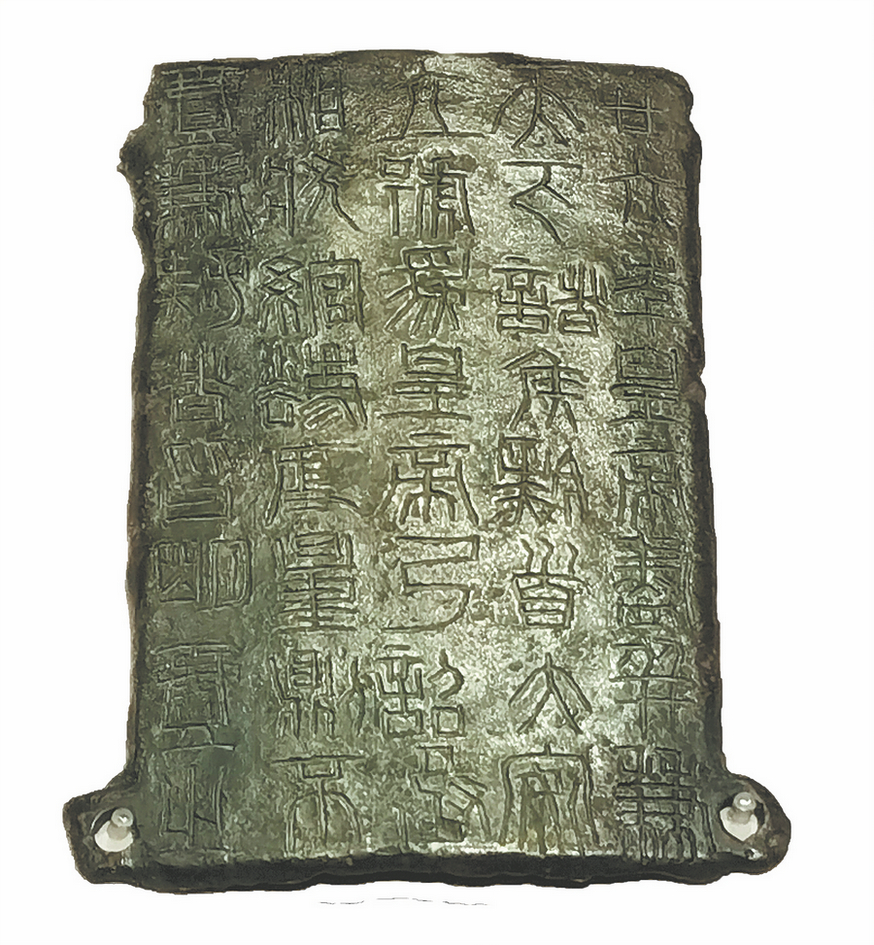

When Qinshihuang, China's first emperor, established the Qin Dynasty and united the country, he also promoted a uniform writing system absorbing characters from various regions. An exhibited bronze tablet carved with 40 characters, which was made in 221 BC when he united China, documented Qinshihuang's edict to standardize the nation's weights and measures.
"It vividly reflected how a nation's governing system was built up," Wei says. "It's a solid foundation of a united country with various ethnic groups."
Other than the political significance, hanzi epitomizes inheritance of culture and fine art.
Following the booming maritime trade of porcelain during the Tang Dynasty (618-907), Changsha Wares from present-day Hunan province traveled over the waves, also spreading people's artistic taste to distant shores. Artisans tended to write poems on the bottles and jars, demonstrating a golden age of literature in ancient China.
The 10th-century Confucian classics on stone from Chengdu are like an encyclopedia including all original texts of the classics, as well as explanatory notes.
In the era when China fell apart following the demise of the mighty Tang, the classics created in a small dynastic state centered on Chengdu, known as Later Shu, might reveal a common cultural root that explained why the country always reunited again.